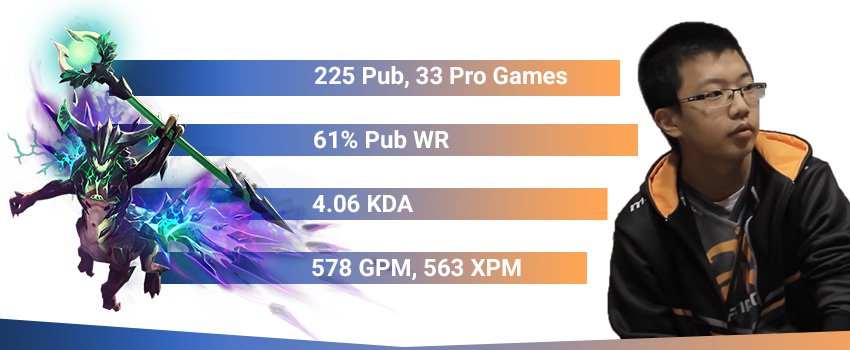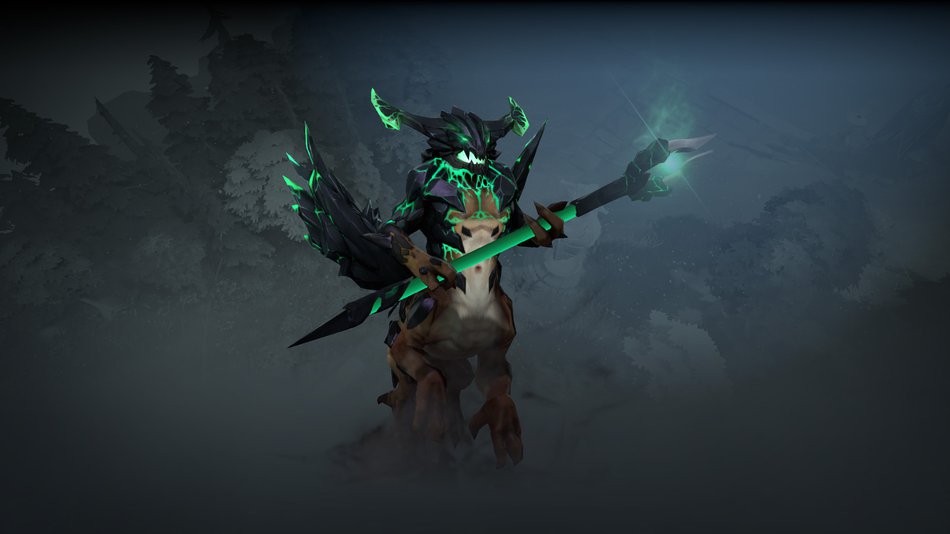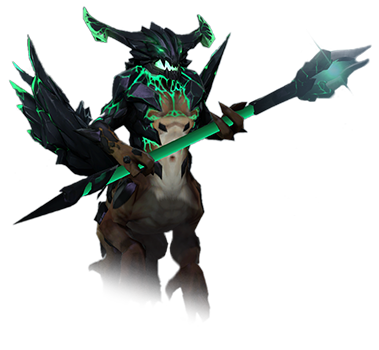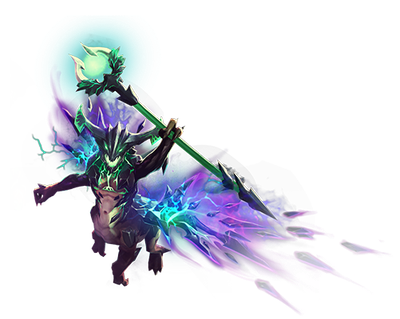Before the Fight:
Decide whether you want to initiate on an important enemy to burst him down or wait more patiently to save an ally with Astral. For example, if you are playing against a Void (or other initiators), it’s a very good idea to stay further back, to wait for his Chronosphere and once he uses it – to save your ally. If you have Blink + Hex and you see the Void, however, you can try to initiate on him and burst him down before he is able to use his spells.
Starting the Fight:
Generally, you have two options when it comes to initiation. You can either be the initiator or follow up an ally’s initiation. In the former choice, you can catch targets either with Hex (or Atos). Astral will give the enemy team time to react to your initiation, so don't use it on your initiation target, but on other enemies (or save it for defensive use). In the latter choice – you simply jump in after your initiator and deal as much damage as possible with Orbs. Ideally, you want to finish-off the target with Eclipse ASAP.
If enemies have good counter-initiators and disablers, jumping in like that might get you killed. Make sure you have BKB ready if you intend to start the fight. If even BKB cannot keep you safe from the counter-initiation, then it’d be better to follow up a teammate’s initiation and play more like a glass cannon damage dealer.
It is also possible to start the fight with Blink into Hurricane Pike on someone to buff your INT with four free and safe hits. Doing this on a squishy support can even get it killed before the fight starts for real.
Positioning:
After you start the fight, you shouldn’t stay in front of your allies, exposed to attacks and spells but in the same time, you need to be close enough to deal as much damage as possible. Try to be behind but close to all your allies – you are a hero that has a way to save anyone from dying by casting Astral on him. In the engagement itself, you can cast Astral to either save an ally or disable an important hero that you don’t want to focus down.
Dealing Damage:
In terms of dealing damage, the general tactic is to cast as many Arcane Orbs on enemy heroes as possible and to use your ultimate when you’ve accumulated enough intelligence. Usually, after the fight starts you would activate your BKB, go in with orb attacks and Equilibrium and you would try to use your ultimate before your BKB times out or your opponents run away.
Dealing with BKBs:
At the start of the fight, enemies will pop their BKBs, and you will have to disable and focus targets that don’t have magic immunity – there is little value in attacking heroes that are magic immune since you deal almost no damage without Arcane Orb. Use Astral defensively and use your mobility items to kite enemies in order to delay the fight. Wait out the BKB timings with as little casualties as possible.
Once the BKB timers are over, right-click heroes down and attempt to finish the fight with Eclipse.
Using your ultimate early in the fight is a good idea only when you are very under-farmed and care more about the mana burn than the damage or when you are about to die – it is important you cast your ultimate before your death because it could provide your teammates with the needed damage to win the fight. Otherwise, wait for at least a couple of INT stacks from Orb hit to maximize the damage.
Example:













